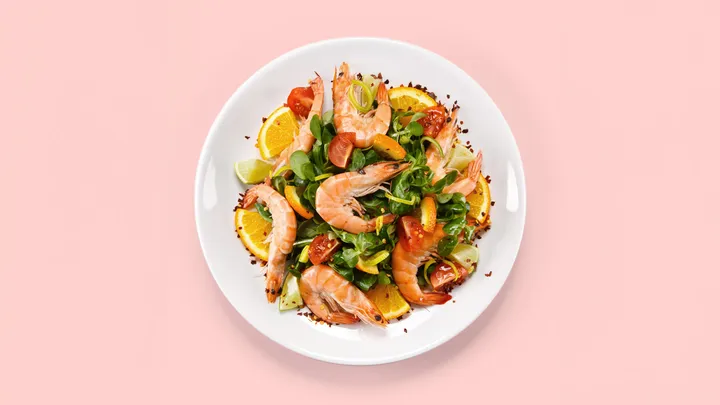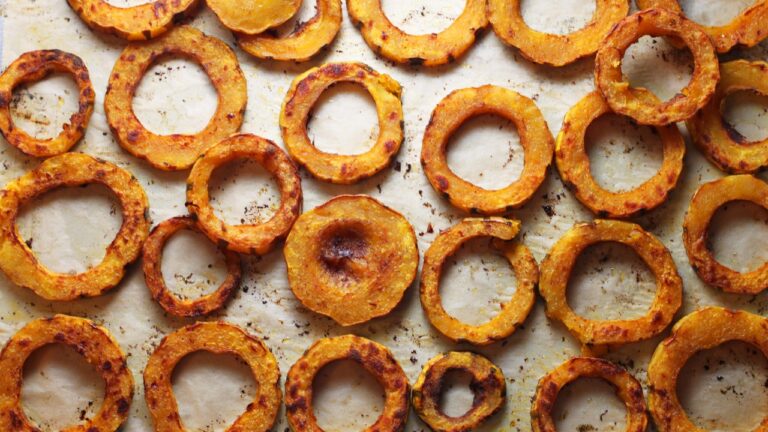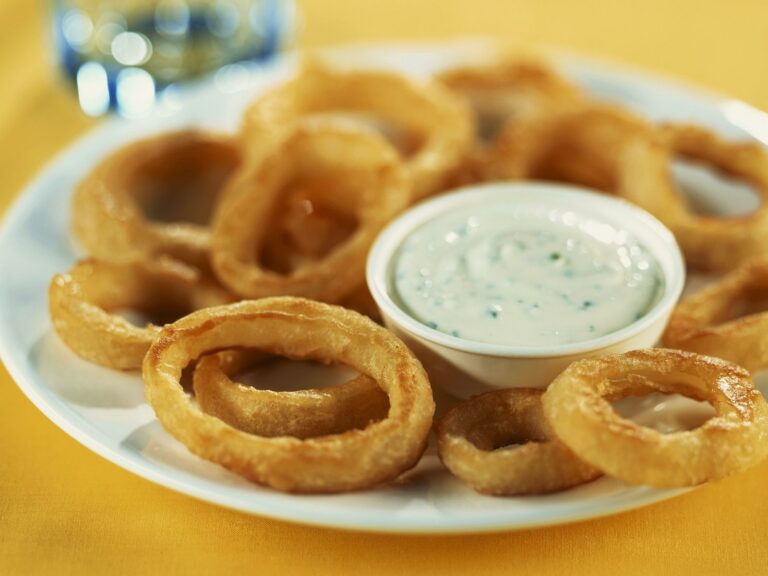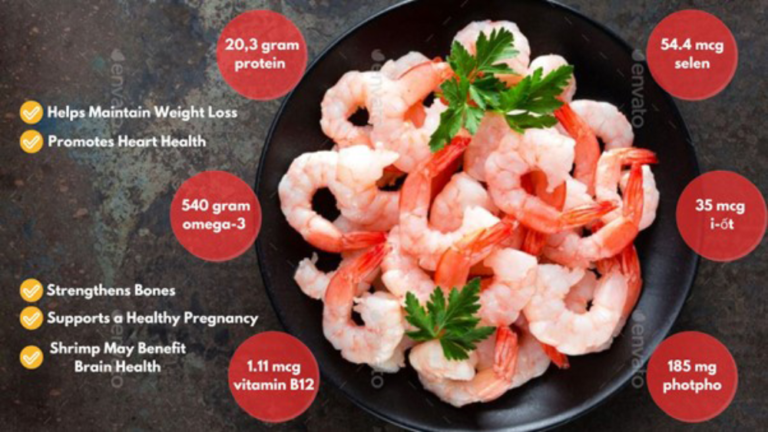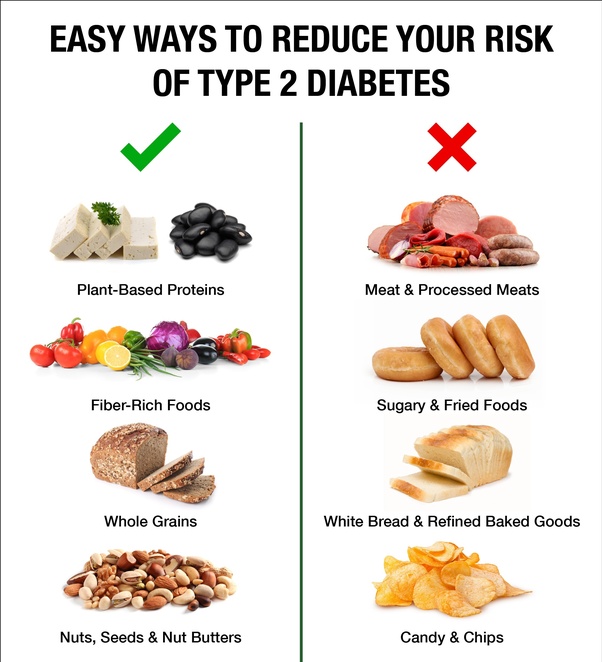Are Shrimps Good for Diabetics? Nutritional Insights, Benefits, and Precautions
Managing diabetes involves paying close attention to the nutritional content of foods and their effects on blood sugar levels. One seafood that often comes into question is shrimp. Rich in protein, low in carbohydrates, and packed with essential nutrients, shrimp can be an excellent option for people with diabetes—if consumed properly. So, are shrimps good for diabetics? This comprehensive guide will help you understand the health benefits, risks, and smart ways to enjoy shrimp on a diabetic-friendly diet.
Shrimp is naturally low in carbohydrates, which means it has minimal impact on blood sugar levels. A 3-ounce serving of cooked shrimp contains approximately 84 calories, 18 grams of protein, and less than 1 gram of carbohydrates. The absence of sugar and starch in shrimp makes it a low-glycemic food, which is ideal for those trying to manage their blood glucose levels.
In addition to being low in carbs, shrimp is high in protein, which helps in stabilizing blood sugar and promoting satiety. It also contains important nutrients like vitamin B12, iodine, selenium, and omega-3 fatty acids. These contribute to overall metabolic health and reduce the risk of complications associated with diabetes.
Nutritional Profile of Shrimp (per 3 oz serving)
- Calories: 84
- Protein: 18g
- Fat: 1g
- Carbohydrates: 0.2g
- Cholesterol: 166mg
- Sodium: 94mg
- Omega-3 fatty acids: 0.5g
Despite its high cholesterol content, recent research suggests that dietary cholesterol has less impact on blood cholesterol levels than previously believed. What’s more important is the overall balance of saturated fats, trans fats, and refined carbs in your diet.
Why Shrimp is a Smart Choice for Diabetics
The main reason shrimp is considered good for diabetics lies in its macronutrient composition. Low-carb, high-protein foods help slow the release of glucose into the bloodstream, preventing blood sugar spikes. Protein-rich meals can also aid in weight management, which is crucial for controlling type 2 diabetes.
Additionally, shrimp is rich in antioxidants such as astaxanthin, which helps reduce inflammation, a condition commonly associated with diabetes and its complications. Omega-3 fatty acids in shrimp also contribute to improved heart health, another concern for diabetics.
Also read: Understanding Diabetic Foot Pain: Symptoms, Causes, Treatment, and Prevention
Is Shrimp High in Cholesterol and Is It Safe?
Shrimp does have a relatively high cholesterol content, but its impact on heart health may not be as concerning as once thought. The American Diabetes Association (ADA) no longer recommends strict cholesterol limits, emphasizing instead the importance of limiting saturated and trans fats.
Shrimp contains minimal saturated fat, which makes it a healthier choice compared to red meats. For diabetics who are also managing heart disease or high LDL cholesterol, it’s still wise to consume shrimp in moderation and prepare it using heart-healthy methods.
Cooking Methods Matter
Fried shrimp or shrimp drenched in creamy, sugary sauces can counteract the health benefits. Opt for healthier preparations:
- Grilled shrimp with herbs and olive oil
- Steamed or boiled shrimp with lemon and garlic
- Shrimp stir-fried with vegetables and olive oil
- Baked shrimp with spices, avoiding breadcrumbs or heavy sauces
These methods help retain the nutritional value of shrimp while keeping calories and unhealthy fats to a minimum.
Shrimp in a Diabetic Meal Plan
To include shrimp in a balanced diabetic diet, combine it with fiber-rich vegetables, whole grains, or legumes. This slows digestion and helps regulate blood sugar levels. Examples include:
- Shrimp salad with mixed greens, avocado, and olive oil dressing
- Shrimp stir-fry with broccoli, bell peppers, and brown rice
- Whole grain tacos filled with grilled shrimp, cabbage slaw, and salsa
- Quinoa bowl with grilled shrimp, cucumbers, tomatoes, and lemon vinaigrette
These meals are nutrient-dense and support stable blood sugar throughout the day.
Health Benefits of Shrimp for Diabetics
- Low Glycemic Impact: Due to its negligible carb content, shrimp won’t spike blood sugar levels.
- Rich in Lean Protein: Protein supports muscle maintenance and helps curb sugar cravings.
- Supports Heart Health: Contains omega-3s and antioxidants like astaxanthin.
- Anti-inflammatory Properties: Helps combat inflammation linked to diabetes complications.
- Weight Management: High satiety factor helps control appetite and weight.
Risks and Precautions
- Allergies: Shellfish allergies are common and can be serious.
- Cholesterol: Those with high LDL or heart disease should consult a healthcare provider.
- Sodium Content: Some packaged or frozen shrimp varieties contain added sodium.
- Contaminants: Choose wild-caught or responsibly farmed shrimp to avoid pollutants or antibiotics.
How Much Shrimp Can Diabetics Eat?
Moderation is key. A portion size of 3 to 4 ounces (approximately 6–7 large shrimp) is considered healthy for most people. Including shrimp 1–2 times per week is generally safe and beneficial when part of a varied, balanced diet.
Combining Shrimp with Diabetic-Friendly Foods
- Vegetables: Leafy greens, peppers, tomatoes, and cruciferous veggies
- Whole Grains: Brown rice, quinoa, farro
- Healthy Fats: Avocados, nuts, olive oil
- Legumes: Lentils, chickpeas, black beans
These combinations ensure nutrient diversity and stable blood sugar levels.
Shrimp vs Other Protein Sources for Diabetics
Compared to red meat, shrimp is lower in saturated fat and calories. Unlike processed meats like bacon or sausages, shrimp is free from added preservatives and sugars. It offers a clean, lean protein source that aligns well with diabetic nutritional needs.
Shrimp and Weight Loss in Diabetes Management
Excess weight can make blood sugar harder to control. Shrimp is low in calories and fat but high in protein, making it an excellent choice for weight-conscious individuals. Studies have shown that high-protein diets can aid in fat loss and preserve lean muscle mass, both important for metabolic health.
What About Shrimp and Prediabetes?
Prediabetic individuals can also benefit from eating shrimp as part of a balanced diet. Since prediabetes is reversible through diet and lifestyle changes, including low-GI, high-protein foods like shrimp can help stabilize blood sugar and prevent progression to type 2 diabetes.
Shrimp Recipes for Diabetics
- Garlic Grilled Shrimp: Marinate shrimp in olive oil, lemon juice, garlic, and parsley. Grill until pink and serve with steamed veggies.
- Shrimp Avocado Salad: Toss cooked shrimp with avocado, lettuce, cherry tomatoes, cucumbers, and a light vinaigrette.
- Shrimp Stir-Fry: Quick sauté with bell peppers, broccoli, and snow peas in a low-sodium soy sauce and sesame oil.
- Shrimp Zoodle Bowl: Serve grilled shrimp over spiralized zucchini with tomato basil sauce.
- Shrimp Tacos: Use whole grain tortillas and fill with grilled shrimp, cabbage slaw, and guacamole.
Conclusion
So, are shrimps good for diabetics? The answer is a clear yes—provided they’re prepared healthily and consumed in appropriate portions. Shrimp offers a low glycemic, high-protein option that aligns well with diabetic dietary goals. Rich in essential nutrients and beneficial fats, shrimp can enhance heart health, reduce inflammation, and support weight management—all key components of effective diabetes care.
As with any food, balance is essential. Diabetics should avoid fried or heavily processed shrimp and instead focus on grilled, baked, or steamed varieties. Including shrimp as part of a diverse, whole-food-based diet can contribute significantly to better blood sugar control and overall health.
FAQs
1. Are shrimps good for diabetics? Yes, shrimp is low in carbohydrates and high in protein, making it a suitable food for people with diabetes.
2. Does shrimp raise blood sugar levels? No, shrimp has a negligible effect on blood sugar due to its very low carbohydrate content.
3. Is shrimp high in cholesterol? Yes, shrimp is high in cholesterol, but it is low in saturated fat, making it generally safe in moderation.
4. How should diabetics cook shrimp? The healthiest cooking methods include grilling, steaming, boiling, or stir-frying with minimal oil and no added sugar.
5. Can I eat shrimp every day if I have diabetes? It’s best to eat shrimp in moderation, about 1–2 times per week, and as part of a balanced diet.
6. Are frozen or packaged shrimp okay for diabetics? Yes, but check for added sodium or preservatives. Choose minimally processed, wild-caught options if possible.
7. What can I eat with shrimp to keep my blood sugar stable? Pair shrimp with fiber-rich vegetables, whole grains, and healthy fats for better blood sugar control.
8. Is shrimp better than red meat for diabetics? Yes, shrimp is lower in saturated fat and calories, making it a healthier protein choice.
9. Can prediabetics eat shrimp? Yes, shrimp is a low-glycemic, high-protein food ideal for prediabetics looking to manage their blood sugar.
10. What is the glycemic index of shrimp? Shrimp has a glycemic index close to zero, meaning it has little to no impact on blood sugar levels.
